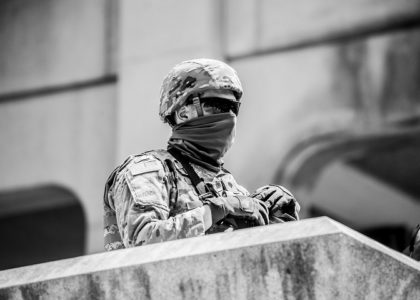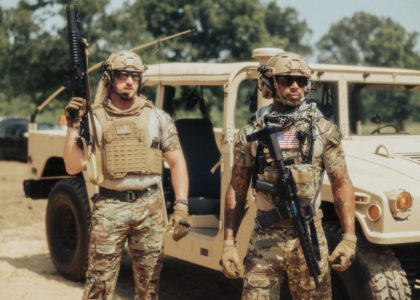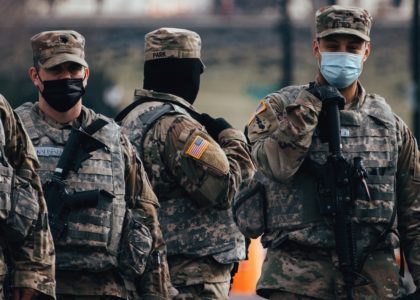A plate carrier is an essential piece of equipment for military and law enforcement personnel, offering protection while in the line of duty. However, the effectiveness of a plate carrier highly depends on how it’s set up, which can vary depending on the mission profile. In this blog post, we’ll discuss different mission profiles and how to set up your plate carrier for each one.
Standard Combat:
In a standard combat mission, your plate carrier should be set up with your protection in mind. This means putting your heaviest plates in the front and back and balancing the weight with side plate carriers. You should also ensure that all the plates are correctly sized to avoid any gaps in the coverage area. Finally, you should add pouches to carry your ammunition, first aid kits, and other essential equipment.
Patrol:
For a patrol mission, you’ll want to set up your plate carrier differently from a combat one. Here, you want to have more space to carry hydration and communication equipment. You can add a separate hydration carrier to the back of the plate carrier but make sure it doesn’t interfere with your backpack. You can also add a pouch or two on the sides to carry additional magazines for your weapon.
Vehicle Operations:
In a vehicle operation mission, you’ll need to tailor your plate carrier toward vehicle safety. You may not need the side plate carriers as they could be cumbersome while in the vehicle. Instead, consider adding a seatbelt cutaway system for easy escape in case of an accident. You can also add pouches with quick-release buttons that are easily accessible whilst seated in a vehicle.
Special Operations:
For a special operation mission, you want to keep your plate carrier as minimalistic as possible. As a result, you can opt out of heavy-duty plates and focus on lightweight versions. You can also add pouches for minimal essential equipment such as radios, ammunition, and grenades.
Law Enforcement:
Law enforcement officers face multiple challenges while on duty, so the plate carrier setup will also depend on the situation. However, the most standard setup for law enforcement officers is to have plates in the front, back, and sides. They may also need pouches to carry ammunition, radios, and other small pieces of equipment.
By understanding different mission profiles and how each requires unique plate carrier setups, military and law enforcement personnel can improve their preparedness and performance in any situation. Remember, when setting up your plate carrier, always prioritize safety and protection, and choose equipment that suits your specific needs.
For more great articles, please click here.






Recent Comments